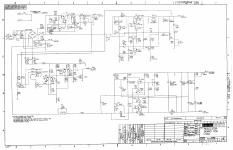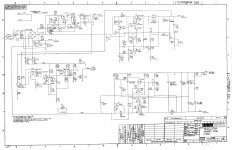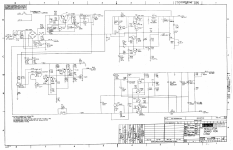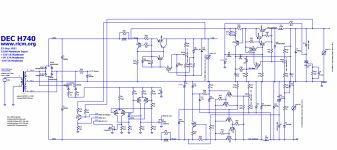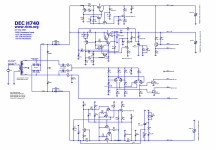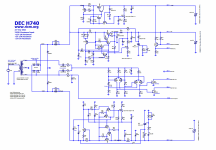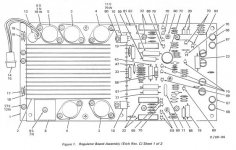intabits
Experienced Member
A couple of PDP related videos.
First video is testing the H740 power supplies from the PDP-8/f and PDP-11/05, with a dummy load.
I made the mistake of running the first PSU from a variac with the load attached, and damaged it.
The second PSU blew a fuse under load, not sure why.
After getting replacement parts, I fixed the 8/f PSU, tested it and installed it to the computer.
(repair of the 11/05 PSU can wait)
https://www.youtube.com/watch?v=n_fIjp-XNiM
Second video is powering up the PDP-8/f for the first time in over a decade.
At first I thought it wasn't working (yet another dumb mistake), but then realized it was OK after all.
I was able to enter and run a couple of small test programs.
https://www.youtube.com/watch?v=Be2dD2qwWAU
First video is testing the H740 power supplies from the PDP-8/f and PDP-11/05, with a dummy load.
I made the mistake of running the first PSU from a variac with the load attached, and damaged it.
The second PSU blew a fuse under load, not sure why.
After getting replacement parts, I fixed the 8/f PSU, tested it and installed it to the computer.
(repair of the 11/05 PSU can wait)
https://www.youtube.com/watch?v=n_fIjp-XNiM
Second video is powering up the PDP-8/f for the first time in over a decade.
At first I thought it wasn't working (yet another dumb mistake), but then realized it was OK after all.
I was able to enter and run a couple of small test programs.
https://www.youtube.com/watch?v=Be2dD2qwWAU

